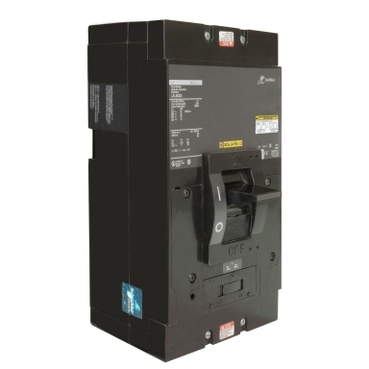I've been looking closely at Jack Rickard's (RIP Jack) "Selfish Solar" concept, using a large battery--perhaps a complete salvaged Tesla Model 3 battery--with associated hardware to run my shop, and perhaps grid-tie, depending on how much power my shop actually uses. The idea is to generally run the shop and all associated loads preferentially and feed the grid only when there is surplus. In Rickard's scenario, he uses micro-inverters and frequency shifts to shut them off when the battery is fully charged. The battery feeds a big inverter--like 20KW or so to supply loads and perhaps feed the grid if some reasonable battery scheduling can be managed. It seems to me this is a bit over-complicated. Since the Model 3 battery is nominally 350 volts, would it not make a lot more sense to use a high voltage MPPT system and avoid the micro-inverters entirely? The battery controller would include both overvoltage and low voltage cutoffs that would isolate the battery completely if something went very wrong, but also a charge enable system that can cut off charge to the battery at some value under the overvoltage cutoff. My current motorhome setup works this way, using two Tesla Model S batteries and a modified EVTV controller. I know the Sigeneer high voltage MPPT system specifications look good for this:
I may be misreading the Sigineer site, but I think that controller is $1000. It seems 20S PV strings at 10 amps each (assuming 400W PV panels) would be quite manageable though a bit scary. Obviously any kind of contactor used to cut off the charging would need to be capable of interrupting 400VDC at 80 amps, and that might get seriously expensive. But a 20S8P system capable of charging 75KWH worth of Model 3 battery at 30KW per hour full sun (yeah, I know, unlikely but maybe 25) seems within reach for the cost of just the panels, MPPT controller, BMS, contactors and inverter. The cabling from the panels to the MPPT would be carrying just 10A per string. The only heavy cabling would be from a combiner to the MPPT controller, and that could just be a few inches, or just a bus bar.
Given the current cost of 160 microinverters the 20S8P system would otherwise require (perhaps $20,000) it seems worthwhile to get rid of that cost. A model 3 salvage battery and controller is 20,000 from EVTV. 1K for the MPPT, 12K for a Sandi 30KW, 300-400VDC inverter, 28K for panels, that's about 60K for a massive system that should be able to supply about any size house, electric car(s), and shop. Unfortunately, I don't see a lot of ways to scale it down, as soon as you choose to go to a model 3 battery you're kind of stuck at BIG, but a completely reliable zombie apocalypse power system for 60K seems doable and reasonable.
I must be missing something, this seems a little too easy. It seems to me, though, that the real future value of PV power systems is point-of-use generation with connection to the grid as an afterthought. Especially since the power grid isn't the reliable source it used to be almost anywhere on the west coast of the USA. Maybe it's just all the smoke from the wildfires clogging up my thought processes.
| SMG-B384-80A | 384V Output to battery | 850V Max PV voltage | 80A Max system output |
Given the current cost of 160 microinverters the 20S8P system would otherwise require (perhaps $20,000) it seems worthwhile to get rid of that cost. A model 3 salvage battery and controller is 20,000 from EVTV. 1K for the MPPT, 12K for a Sandi 30KW, 300-400VDC inverter, 28K for panels, that's about 60K for a massive system that should be able to supply about any size house, electric car(s), and shop. Unfortunately, I don't see a lot of ways to scale it down, as soon as you choose to go to a model 3 battery you're kind of stuck at BIG, but a completely reliable zombie apocalypse power system for 60K seems doable and reasonable.
I must be missing something, this seems a little too easy. It seems to me, though, that the real future value of PV power systems is point-of-use generation with connection to the grid as an afterthought. Especially since the power grid isn't the reliable source it used to be almost anywhere on the west coast of the USA. Maybe it's just all the smoke from the wildfires clogging up my thought processes.




